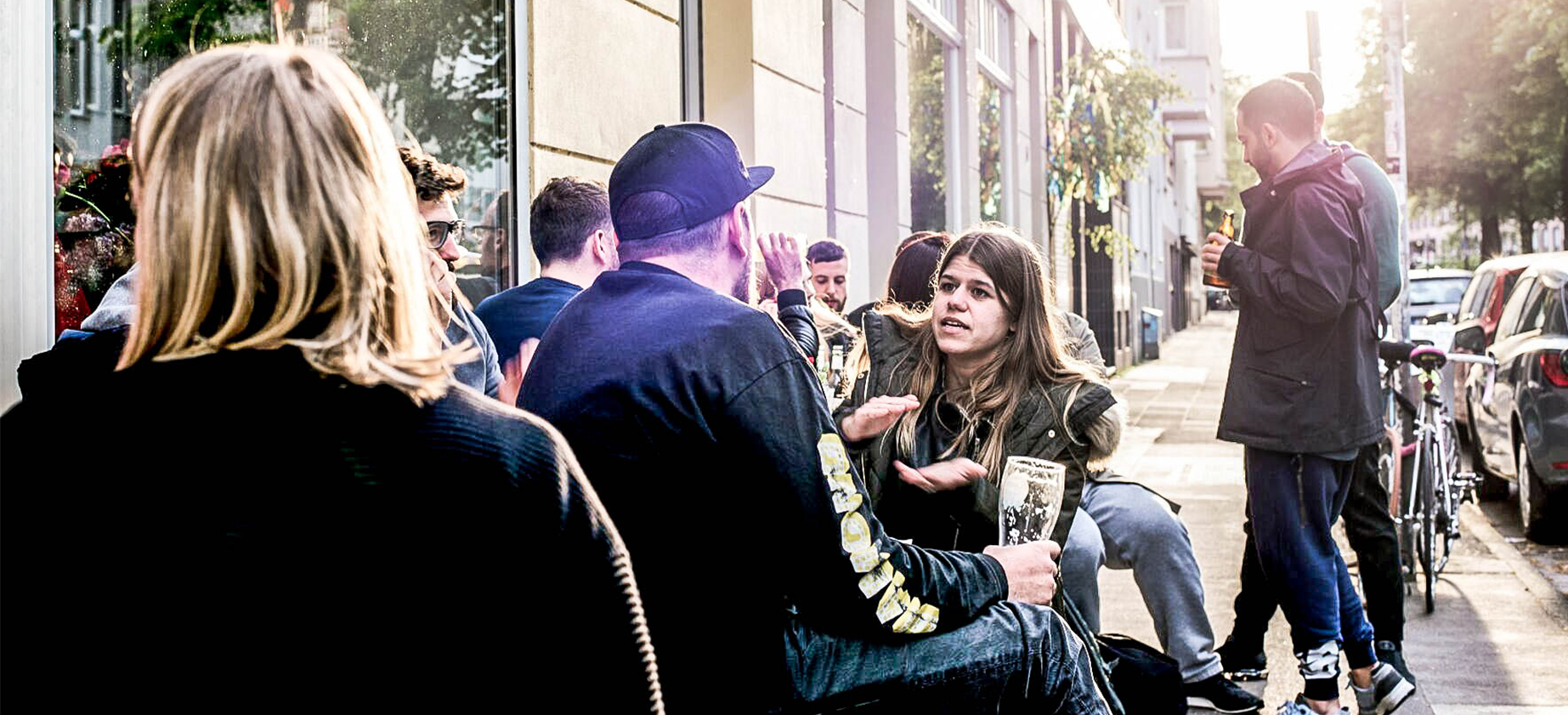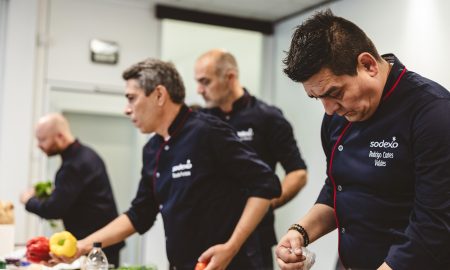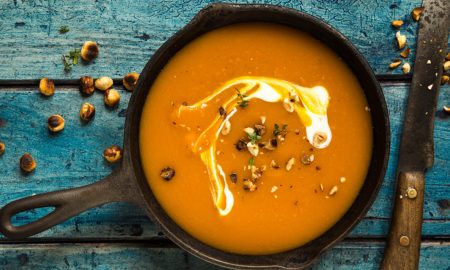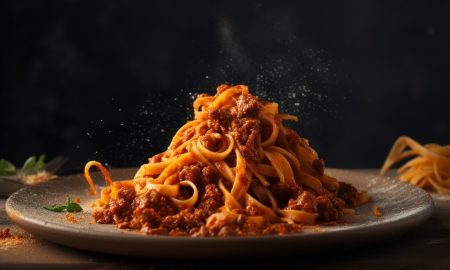The pop stars of the Cathedral City
A counter facing the open kitchen. Black lamps. Simple wooden benches lining a wall adorned with greenery. The decor may be minimalist here, but the culinary experience is anything but. LADEN EIN’s name translates loosely as “we invite” – a name that says it all, and has been doing so for about three years now. The former butcher shop in Cologne is now the culinary equivalent of an open-mic night: every two weeks, someone new takes over as head chef. The restaurant itself remains the same, but depending who’s at the helm, customers might be munching on tacos or ramen, burgers or dim sum. It’s a culinary journey all over the world, and this year, Gault-Millau has recommended LADEN EIN as a trip worth taking.
The pop-up restaurant in Germany’s Cathedral City plays by slightly different rules from the rest of the genre: most pop-ups involve restaurateurs temporarily moving into abandoned spaces, but LADEN EIN in Cologne is a shared space in a fixed location. Aspiring start-ups can use it to test out their restaurant concepts; food truck owners can experience the advantages of having their own four walls; and established locations can dip a toe into the local market or play with new ideas. In return, like other pop-up restaurants and stores, LADEN EIN benefits from something that’s normally a source of frustration in the restaurant world: chefs have a limited amount of time to wow their customers, and here that pressure acts as a motivator to success.
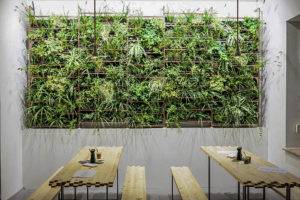
Pop-up restaurant LADEN EIN in Cologne / Image: LADEN EIN
Danish down under: Star-worthy guest performances
The biggest name among these pop-up pioneers is probably René Redzepi, the gastronomic missionary behind Noma in Copenhagen. Two years ago, he and his team fled the frozen North for a ten-week guest performance down under. For the equivalent of around €330 (485 Australian dollars), diners in Sydney experienced a culinary cabinet of avant-garde curiosities like only Redzepi can conjure. The Danish chef waded through knee-deep mud with Aborigines to harvest local mussels and ventured into the outback to pluck bush tomatoes.
Back in the kitchen, he brushed caramelized chicken stock with crocodile fat, placed wafer-thin strips atop seafood, sprinkled mangoes with ants, and served it all along with snow crab in kangaroo stock. His goal was to rediscover Australia’s hidden culinary treasures, elevating them in new and surprising ways; twelve courses later, there was no doubt he’d succeeded.
The pop-up on the Pacific wasn’t even Redzepi’s first rodeo— he also took the Noma concept to Tokyo for four weeks, luring in foodies from all over the world to sample his take on Japanese culinary concepts of the past. Both “touring shows” were hugely successful; the Australian pop-up restaurant, in fact, was booked solid within minutes. But you don’t necessarily have to travel to the other side of the world to experience a world-class guest performance – take “Louis – by Thomas Martin” in Hamburg, for example.
In 2018, Michelin-starred chef Thomas Martin and his team took a field trip just ten kilometers away from their home turf, Jacobs Restaurant at the Hotel Louis C. Jacob. But why give a guest performance across from the Elbphilharmonie when they’re already in town? Simple: Jacobs Restaurant was being renovated. The team used it as a chance to test out new culinary horizons, trading in their usual menu of French classics for share-sized portions of, for example, “ceviche of loup der mer, lemon, avocado, coriander”. This opportunity to play with new restaurant concepts, locations, and recipe ideas is exactly what makes pop-up restaurants so magical.
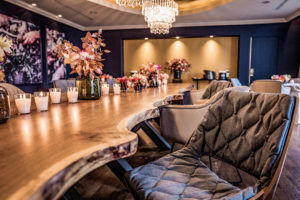
Pop-up restaurant Louis – by Thomas Martin in Hamburg / Image: Louis – by Thomas Martin
Culinary metamorphosis over time
The public enthusiasm for food trucks, jumping dinners, street food and the like have made it clear that agility is key on today’s restaurant scene. It’s all about driving away the sense of boredom that comes over diners as they slog through the practically infinite landscape of culinary options. Pop-up restaurants’ continued success means that chefs can take creative culinary detours and create new perspectives. The online retailer expondo predicts that part-time restaurants will keep riding high this year as well— not least because the restaurant concept has shown a great deal of potential for transformation.
Pop-up restaurants can show up anywhere, no matter how remote the location, and they’re a perfect vehicle for celebrating individual, fleeting food trends. They can be tied to events, or tied to locations in the form of restaurant sharing. LADEN EIN in Cologne isn’t the only variety of shared space out there, either – some locations rotate seasonally, others switch off by time of day. DasLux42 in Munich is another location using a shared pop-up approach; in Winter of 2018, Michelin-starred chef Andreas Schweiger created a four-course dinner there using only ingredients from Lidl. The discount-supermarket charity project brought in around €22,700 for non-profit organizations in its first week alone. But regardless of the format pop-up restaurants use, they all rely on the effect of transience to pique foodies’ curiosity and lure them back to the dining room.
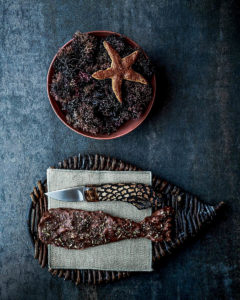
Sea star with cardamom toffee and saffron, and fried cod skin with chocolate and spices by Noma / Image: Ditte Isager
Temporary tables: a recipe for restaurant success?
This effect doesn’t just open up new horizons for the hungry public, either. One of the best things about pop-up restaurants is that they can be realized without a lot of financial backing. Aspiring start-ups can use them to test market response to their ideas before they make the leap into fixed-location restaurants. They can experiment with equipment, organization, and recipes without incurring any of the potentially crippling risks and immense investment costs associated with permanent businesses. Even well-established restaurateurs are drawn to the “pop”ular format for similar reasons: pop-up restaurants are a perfect format for testing new innovations.
On the culinary side of things, pop-up restaurants give chefs a valuable opportunity to expand their own horizons. Gastronomic field trips are a great way to screen-test new dishes or flavor combinations. But these temporary road shows don’t just work as creative outlets – they’re also a good business model. Pop-up restaurants are a perfect way of advertising a restaurant to people outside its normal target audience. But what happens to good restaurant concepts whose end is planned from the beginning? For one answer to that question, look no further than Mashery Hummus Kitchen – the brainchild of a one-time LADEN EIN host. After spending two weeks dishing it up in the shared space, the owners gave their hummus its own four walls – hopefully their permanent location doesn’t put the same time pressures on them.


